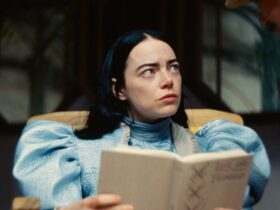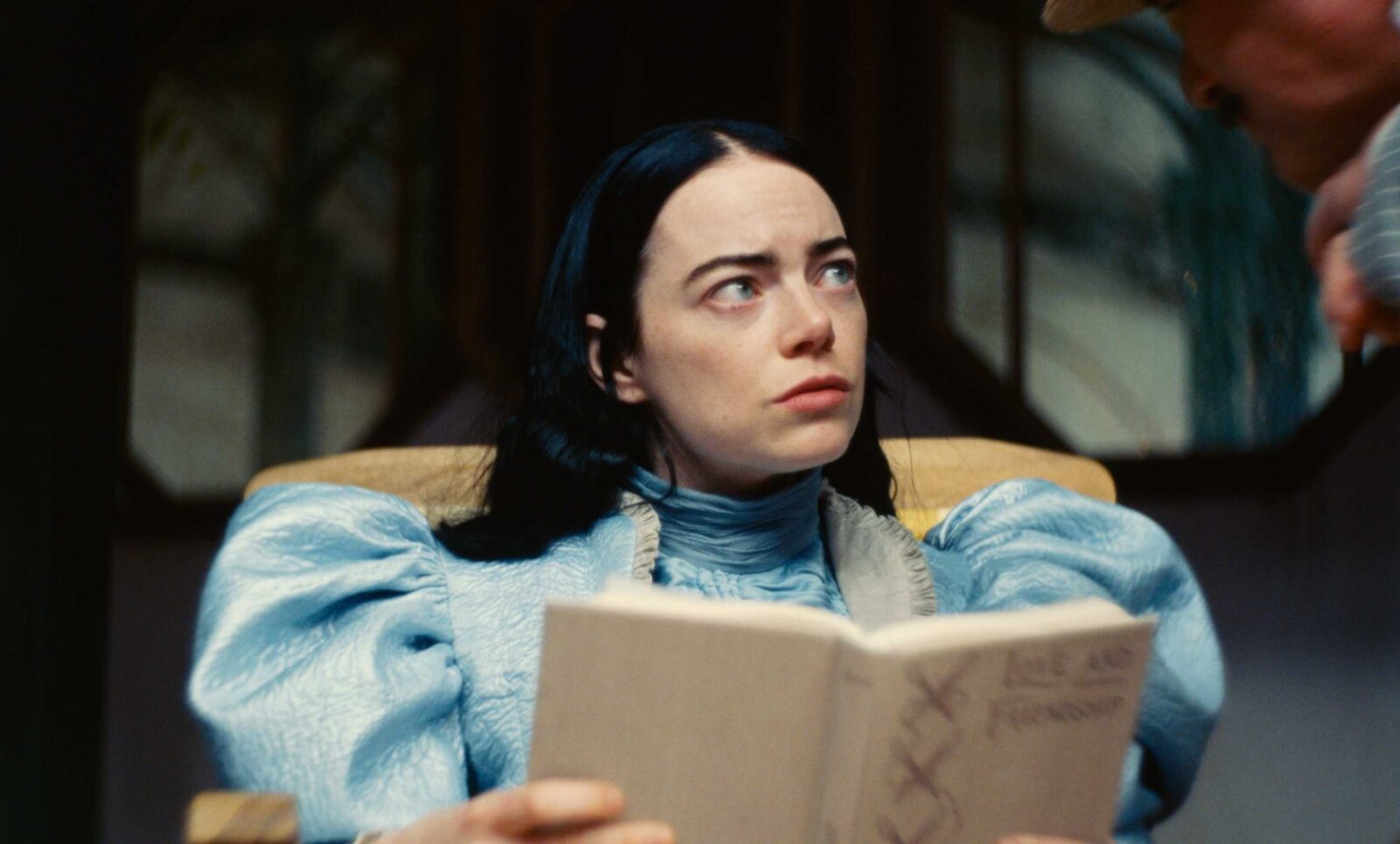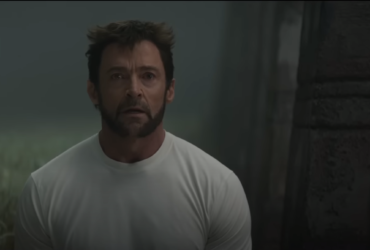After their acclaimed collaboration in “The Favourite,” director Yorgos Lanthimos and Emma Stone reunite in the Oscar-nominated “Poor Things,” a film that defies conventional storytelling with its wild, coming-of-age narrative. This visually stunning film weaves an unusual fairy tale that follows Bella Baxter, a character brought to life with a compelling blend of ferocity and sensitivity by Emma Stone.
“Poor Things” unfolds the story of Bella, a woman resurrected with the brain of her unborn child, navigating the complexities of self-discovery and societal norms. Emma Stone’s portrayal of Bella is nothing short of captivating, as she evolves from a naïve being into a figure of substantial self-awareness and power. This character transformation is the centerpiece of the film, making Bella not just a participant in her world but its creator.
The film begins in a stark black and white palette as Bella lives under the watchful eye of her guardian, Godwin Baxter, played by the formidable Willem Dafoe. This monochrome existence bursts into vibrant color with Bella’s explorations into life’s joys and sorrows—most notably through her sexual awakenings and subsequent adventures across 19th century Europe. Each frame crafted by cinematographer Robbie Ryan adds depth to Bella’s journey, using innovative techniques like fish-eye lenses to accentuate the wonder and curiosity that drive her.
Lanthimos’s storytelling is supported by an extraordinary ensemble behind the scenes. The production design by Shona Heath and James Price deserves special mention, transforming each set into surreal landscapes reminiscent of Dali paintings. This, combined with Jerskin Fendrix’s energetic score, complements Bella’s evolution, reflecting the internal changes through external extravagances.
Perhaps most striking is the film’s exploration of societal views on sex and individual autonomy. “Poor Things” challenges the taboos surrounding sexual discussion and expression, portraying Bella’s engagement with her sexuality as both an assertion of independence and a method of self-exploration. The film delves into these themes without ever objectifying its protagonist, instead presenting a narrative where choice and consent are paramount.
Emma Stone’s performance in “Poor Things” is a tour de force, marking a pinnacle in her career. Her ability to convey Bella’s innocence and the gradual hardening of her spirit is a testament to her range and commitment to the role. As Bella grows, so does our understanding of her complexities and the world Lanthimos has envisioned.
In conclusion, “Poor Things” is a testament to the power of creative storytelling and the continuous reinvention of cinematic norms. It is a film that not only entertains but also provokes thought about the constructs of society and the indomitable spirit of an individual. Yorgos Lanthimos proves once again why he is one of the most distinctive voices of this generation, crafting films that resonate with beauty, horror, empathy, and an undeniable truth about the human experience.
For those who seek cinema that challenges and captivates, “Poor Things” is a masterful celebration of life in all its forms. Emma Stone in Poor Things is not just a performance; it is a profound statement on the art of film and the endless possibilities of storytelling.


























Leave a Reply